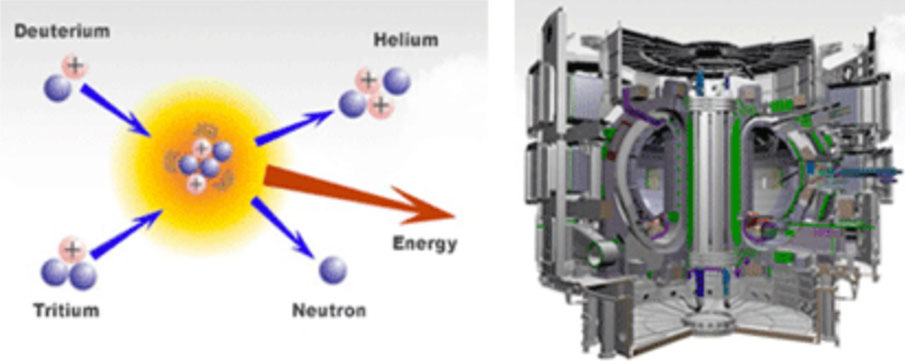To fuse the two nuclei they must overcome the repulsive electrostatic force which can be achieved by heating them to (large thermal energy) around ~10-20 keV at which reasonable performance of a fusion reaction can be achieved. At this high temperature, particles are ionized, i.e., become plasma. Given that such hot plasmas with a sufficiently large density are created, the performance of a fusion power plant depends on how long they can be confined within a finite spatial domain. One way to confine the plasma is using the Lorentz force, a basic concept of ‘magnetic confinement.’ TOKAMAK is an example of such magnetic confinements. A tokamak basically creates nested tori, where each torus is referred to as a flux surface, such that no magnetic field lines are connected between the two tori within the Last Closed Flux Surface unless there exist radial magnetic perturbations. As the final practical goal of the fusion community is to light up the whole world with economical fusion power plants, we must be able to ignite plasmas, i.e., generate self-sustained burning plasmas. Known as the Lawson criterion, the ignition condition can be written as a triple product of density n, temperature T and energy confinement time τE of plasmas:

We endeavor to satisfy the condition.
 We endeavor to satisfy the condition.
We endeavor to satisfy the condition.
